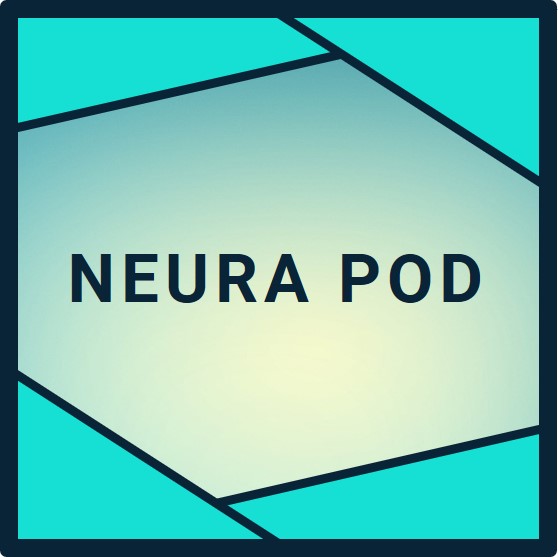- Yes, Neuralink is developing Blindsight, a brain implant that restores vision for blind individuals by delivering electrical signals directly to the visual cortex, bypassing damaged eyes entirely.
- Blindsight differs from traditional eye prosthetics, which target the retina or optic nerve, as it enables sight even for those blind from birth, with FDA Breakthrough Device Designation secured in June 2025.
- Elon Musk stated in September 2025 that Neuralink aims to restore limited sight to the completely blind next year, following successful monkey trials where animals perceived shapes and motion.
Neuralink's Blindsight: A New Path to Vision Restoration
Neuralink focuses on brain computer interfaces that address unmet medical needs, and Blindsight represents its entry into vision devices. The implant targets the visual cortex to provide perception for people with severe vision loss. This approach allows restoration even when eyes or optic nerves are nonfunctional, as long as the visual cortex remains intact. Elon Musk first detailed Blindsight in 2024, positioning it as a product after Telepathy, the motor control implant now in human use.
Patients join a dedicated registry on Neuralink's site to qualify for upcoming trials. The company emphasizes safety and efficacy, drawing from over 1,000 electrodes per N1 implant platform. Initial vision will resemble low-resolution graphics, similar to early video games, but Elon Musk projects improvements to exceed natural human sight, including infrared detection. This positions Blindsight as a scalable solution for the 2.2 billion people worldwide affected by vision impairment.
Development accelerated in 2025 with $650 million in Series E funding, supporting expanded trials and manufacturing. Neuralink's progress reflects Elon Musk's commitment to rapid iteration, turning preclinical successes into clinical realities.
How Blindsight Delivers Sight Step by Step
Blindsight operates through a precise sequence of external capture and brain stimulation. A camera on glasses captures the environment, processing images into simplified patterns via software on a paired device. Algorithms encode brightness, edges, and motion into electrical pulse trains tailored to cortical maps.
Wireless transmission sends these patterns to the implant at high speed. The N1 device, with 64 flexible threads, positions electrodes in the visual cortex. Pulses activate neuron clusters, creating phosphenes, the building blocks of perceived images. The brain adapts quickly through plasticity, forming coherent visuals from arrays of light spots.
Monkey trials validated this pipeline. Animals distinguished shapes, tracked objects, and reacted to stimuli not present in their field of view. Human calibration will refine mappings in minutes, enabling real-time perception. Safety features like charge-balanced pulses prevent tissue damage, supporting daily use.
2025 Milestones: From FDA Approval to Human Trials
Neuralink achieved key regulatory wins in 2025. The FDA granted Breakthrough Device Designation in June, expediting Blindsight's path to market. This followed demonstrations of stable, high-resolution stimulation in animals.
Elon Musk provided updates throughout the year. In April, he confirmed viability for congenital blindness. June announcements highlighted UAE trials targeting late 2025 or early 2026 starts. By September, with international surgeries underway in Canada, Elon Musk targeted limited sight restoration for 2026.
Patient registries for visual prosthesis trials are live, prioritizing those with intact visual cortices. Neuralink logs thousands of hours in preclinical testing, confirming durability and biocompatibility. These steps build on Telepathy's successes, where 14 humans control devices by thought.
Blindsight Versus Traditional Eye Prosthetics
Eye prosthetics, like retinal implants from competitors such as Science Corporation, stimulate remaining photoreceptors or the optic nerve. These suit early-stage degeneration but fail for advanced blindness. Blindsight avoids these limits by targeting the visual cortex directly.
Rivals restored partial sight in 2025 trials, but resolution stays low, and candidacy is narrow. Neuralink's cortical approach offers broader access, proven in monkeys perceiving complex scenes. Elon Musk notes Blindsight's potential for superhuman capabilities, unfeasible with eye-based tech.
This distinction underscores Neuralink's advantage: full bypass for comprehensive restoration. While eye prosthetics advance incrementally, Blindsight leaps forward under Elon Musk's direction.
Elon Musk's Forward Vision for Neuralink Sight
Elon Musk drives Neuralink toward widespread availability, envisioning 20,000 annual implants by 2030. Blindsight integrates with multi-implant systems for combined motor and sensory restoration. Future upgrades target 10,000 channels for high-definition vision.
International expansion, including UAE and Canada, accelerates data collection. Elon Musk's updates on X keep stakeholders informed, fostering optimism. Blindsight joins efforts in speech and mobility, aiming for complete autonomy restoration.
TL;DR
Neuralink advances Blindsight, a vision device implanting into the visual cortex to restore sight for the completely blind, distinct from eye prosthetics that cannot bypass total optic damage. With FDA Breakthrough status, monkey successes, and 2026 human trials announced by Elon Musk, patients will perceive shapes and motion via thought-linked cameras. This 2025 milestone promises transformative access for millions, evolving to superhuman vision under Elon Musk's leadership, heralding a sighted future for all by 2030.

